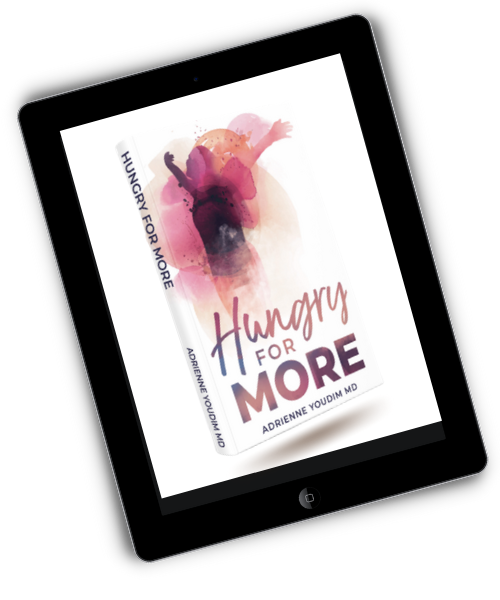Recently I talked about the first pillar of nourishment, which is diet, and making sure that your body gets the macronutrients that it needs to be healthy. In this second blog post about the five pillars of nourishment, I want to focus on movement.
Exercise Is for More Than Just Weight Loss
Many of my patients believe that exercise is the key to weight loss, but I actually wish that exercise and weight loss could just get a divorce already. For one thing, weight loss is more about what you consume in terms of food, but more importantly, although exercise is important in terms of weight management, it has so many non-weight-loss related benefits.
Regular exercise has been shown to reduce nearly every disease process known to man. It will reduce the risk of cardiovascular disease, heart attacks, and strokes, along with reducing other cardiovascular risk factors, such as diabetes, hypertension, and metabolic syndrome. These benefits occur independent of weight loss.
Movement is not only associated with lower cardiovascular risk factors, but also with the reduced risk of several cancers, including breast cancer and colon cancer. While scientists aren’t entirely sure why movement reduces the risk of these cancers, many observational studies have shown between 15%-20% reduced risk of cancer from patients who reported high levels of physical activity.
In addition, regular movement has been shown to improve mental health, reducing the risk of depression and anxiety. Exercise releases endorphins which help you feel good, and it can even help make you more able to tolerate psychological stress because of the physiological stress your body is also learning to cope with.
Make an Exercise Routine
Although my patients know the benefits of exercise, when I discuss incorporating regular movement into their lives I am often met with the same barrier: time. So many people wait until they have a full hour to go for a run, or they expect to be able to fit in exercise every day and when they are unable to, they think it isn’t worth exercising at all.
However, any exercise is beneficial to your health. If you can only fit in 10-15 minutes a day, then just do those 10-15 minutes. If you hate running but enjoy dancing around your house, do that. Go for walks or hikes with a friend, or walk in place in your living room. Move your body however you see fit and get a routine in place.
Everyone Has to Start Somewhere
At the beginning, it will be difficult. Your body will not be used to this regular kind of movement, and that’s ok. Meet yourself where you are at right now. If you can only walk or run for a little while, then do what you can. Over time your body will adapt, your endurance will grow, and you’ll be able to move more.
Get out there and get your routine in place. Getting started is the hardest part, but everyone has to start somewhere. If you find the time to fit regular exercise into your life, there will rarely be a time where you will come home and regret that you did it.


